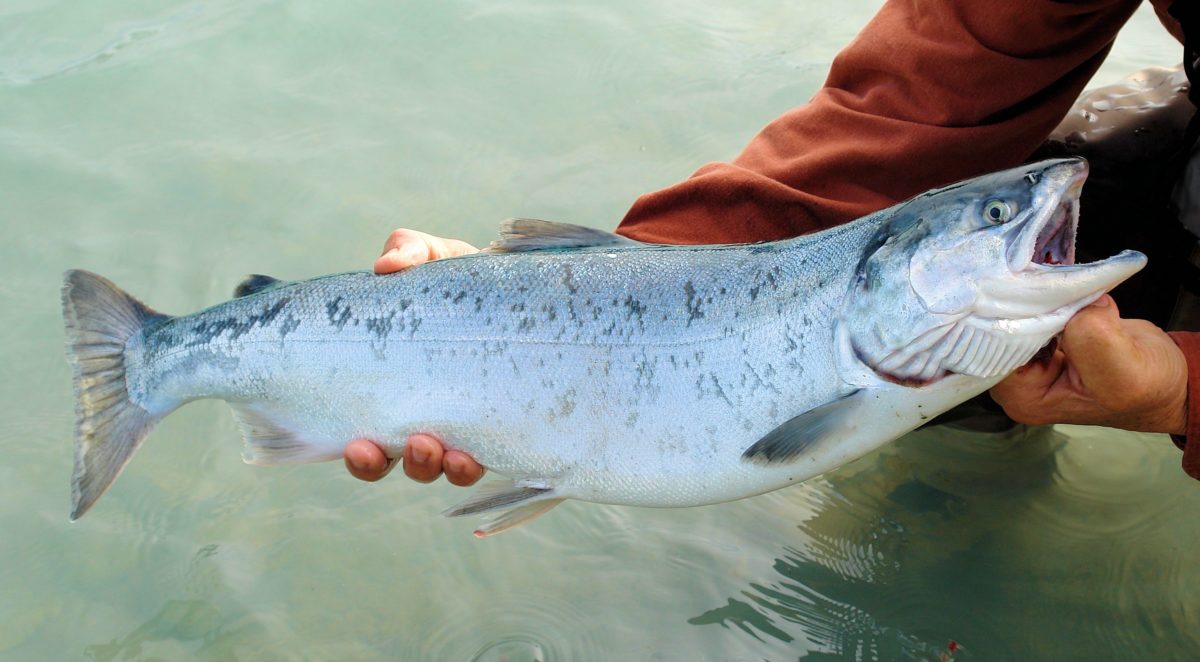September 30, 2016
Grieg Newfoundland AS has contracted AMG Norway, a subsidiary of Aqua Maof Group to build its state-of-the-art indoor Atlantic salmon nursery facility in Marystown, Newfoundland.
The C$75 million hatchery is part of a larger C$251 million project being undertaken by Grieg and the Newfoundland Provincial government, which has agreed to commit up to C$45 million in exchange for an equity position in the company. Construction is scheduled to begin in 2017, and once operational, the project is expected to more than double aquaculture production in the province, and could propel Newfoundland to exceed British Columbia, the current leading province in aquaculture output.
The planned hatchery facility, which will be the largest in Canada, will produce seven million smolts per year that will be used to stock 11 sea cage sites for grow out and harvest. The latest technologies will be utilized including new cage and netting systems technologies, automated feed systems, and well boats to produce 33,000 tons of Atlantic salmon annually.
“This project will take our aquaculture industry to a whole new level and make us a major global player,” Fisheries and Aquaculture Minister Vaughn Granter told CBC.
Three Industry Giants – Three Paths to Growth
Salmon farming began on an experimental basis only in the 1960’s, according to the Global Salmon Initiative. However, as global demand for protein is expected by the Food and Agriculture Organization (FAO) to climb by 70 percent by 2050, the salmon farming industry, which is working to help meet this demand, has seen significant growth in its short existence.
Although they have a common goal of meeting global demand while also achieving growth benchmarks, the top global players in the sector are pursuing different strategies.
Marine Harvest, the biggest Atlantic salmon producer in the world announced this summer that it has applied to the government of Norway for a license to build fish farms inside an unused Panamax cargo vessel. The company explains that fish farming in the open sea in Norway has become increasingly challenging in the face of stricter regulations designed to fight outbreaks of sea lice – a parasite that can kill young fish, and to stop farmed fish from escaping into the wild.
“It’s more or less kick-starting fish farming again in a new way,” Alf-Helge Aarskog, chief executive officer of Marine Harvest said, reported Bloomberg.
And although the idea is an unexpected one, economically, it makes sense according to Erik Stavseth, analyst Arctic Securities who explained to Bloomberg that to buy, and modify a Panamax vessel for fish farming, and to acquire a license from the government would cost approximately $18 million – less than half the cost of building a comparable conventional fish farm.
Meanwhile, in Australia, Huon Aquaculture Group released a document on September 29 detailing its plans to expand via high-energy offshore site in Storm Bay, reports Undercurrent News.
Frances Bender, co-founder of Huon told ABC radio that, for Australia, offshore farming was more beneficial to the environment, humans, and the fish themselves.
The announcement by Huon comes as rival company Tassal announced plans to establish 28 new inshore fish farming pens with the capacity for 800,000 fish in Okehampton Bay – a move which Huon sees as detrimental to the Australian aquaculture industry.
—
Lynda Kiernan

Let GAI News inform your engagement in the agriculture sector.
GAI News provides crucial and timely news and insight to help you stay ahead of critical agricultural trends through free delivery of two weekly newsletters, Ag Investing Weekly and AgTech Intel.




